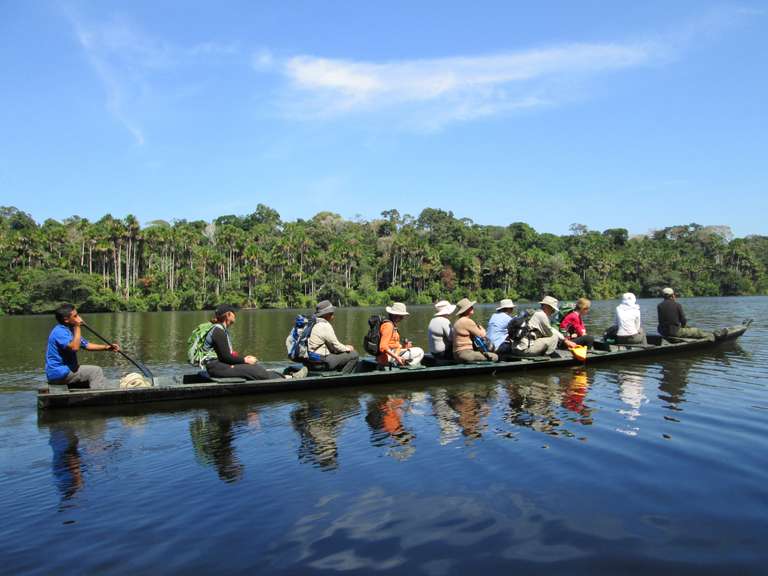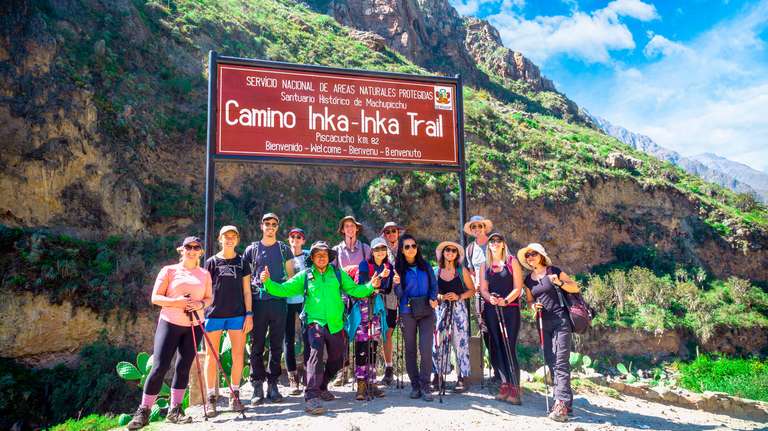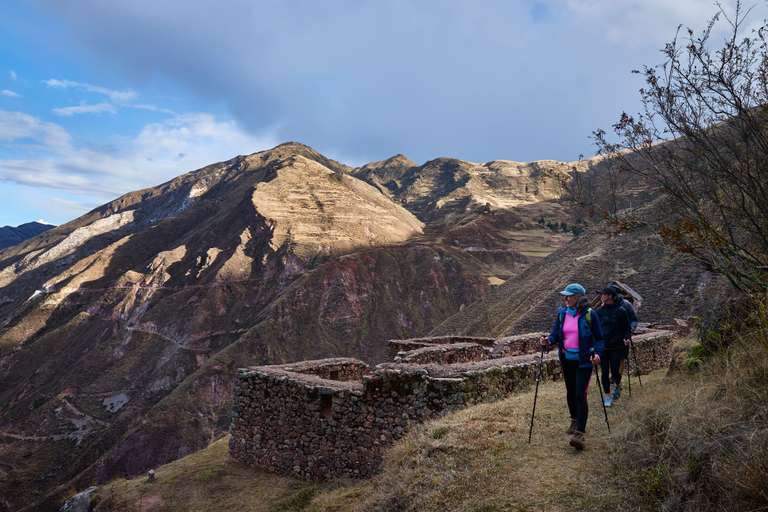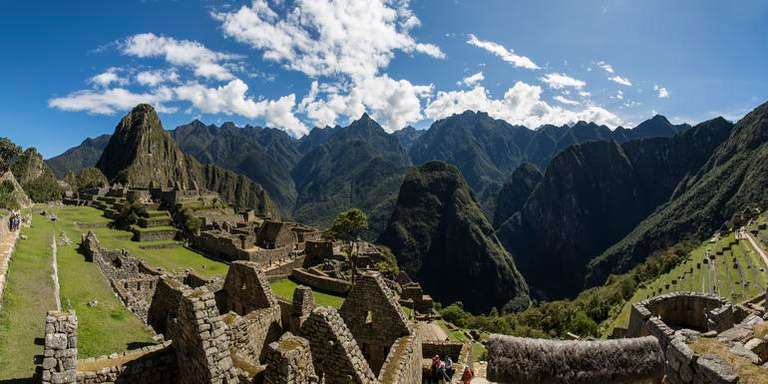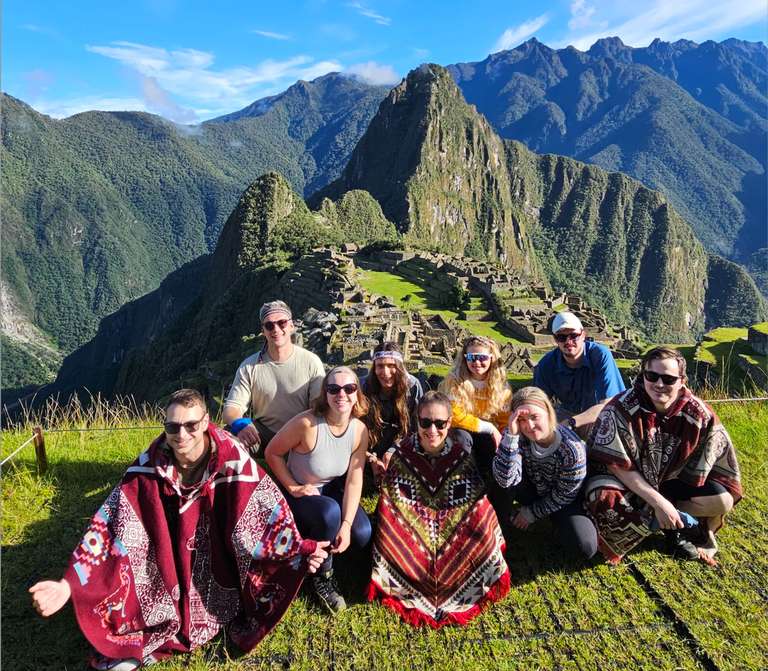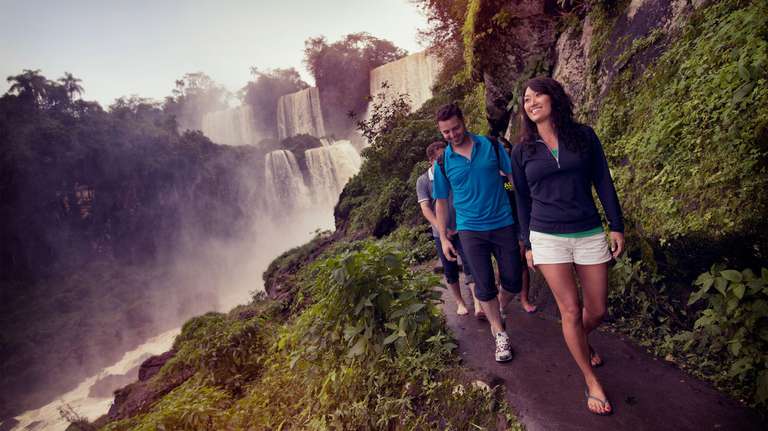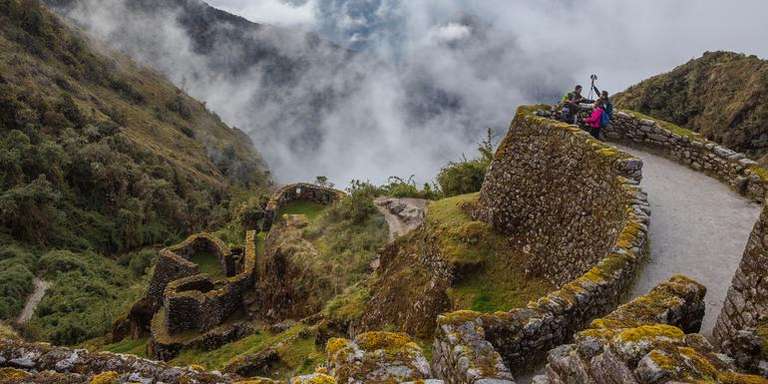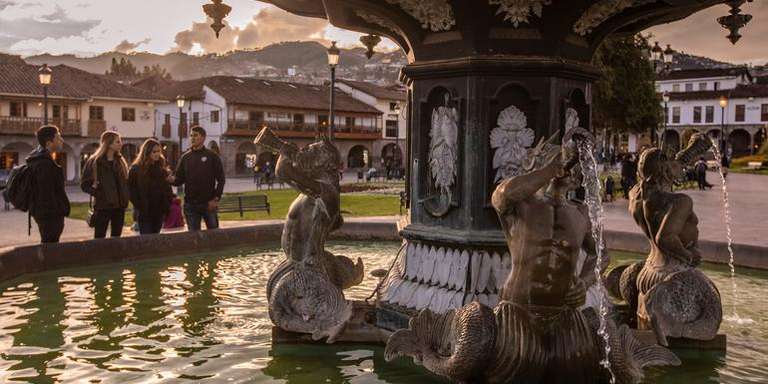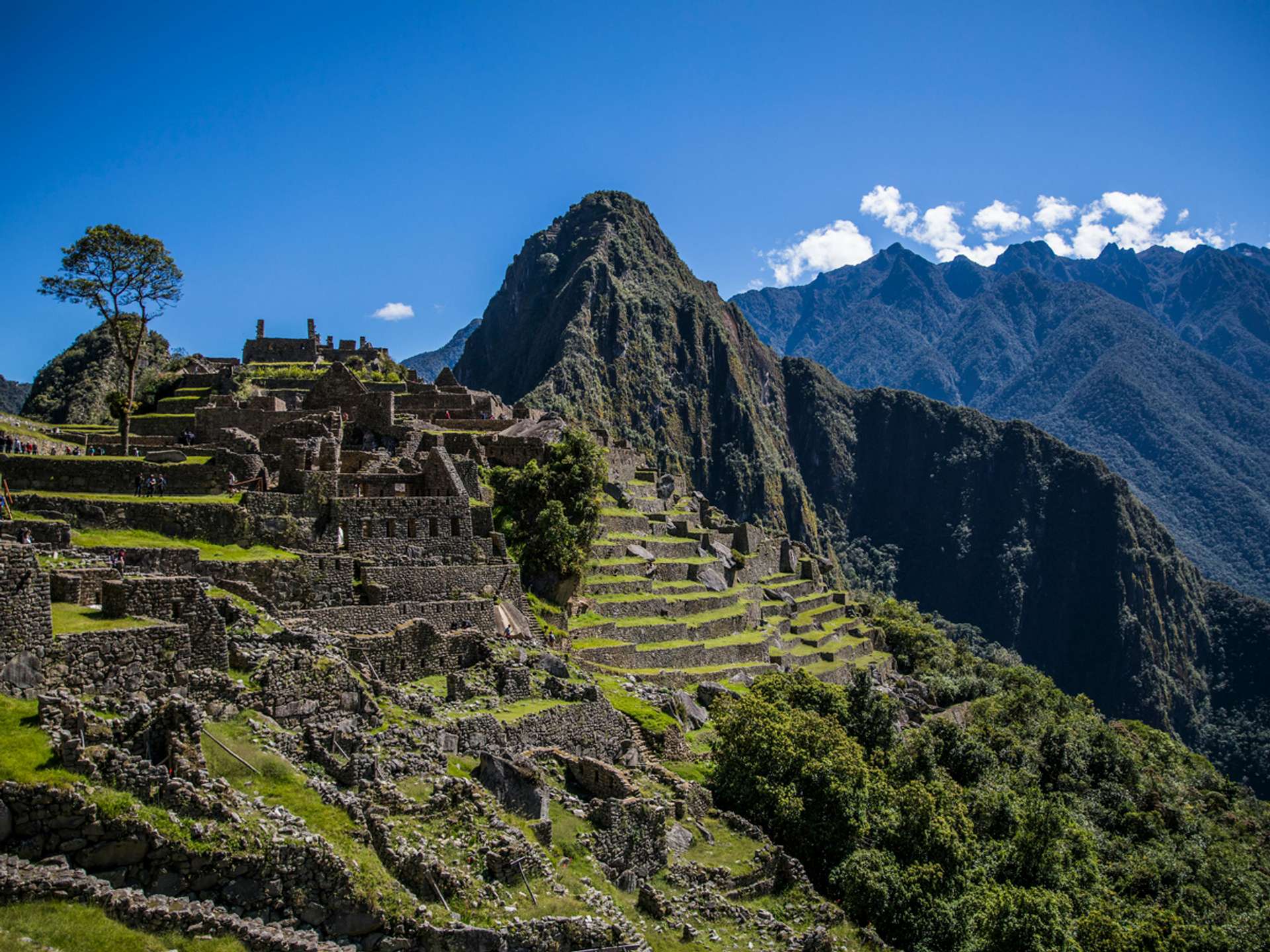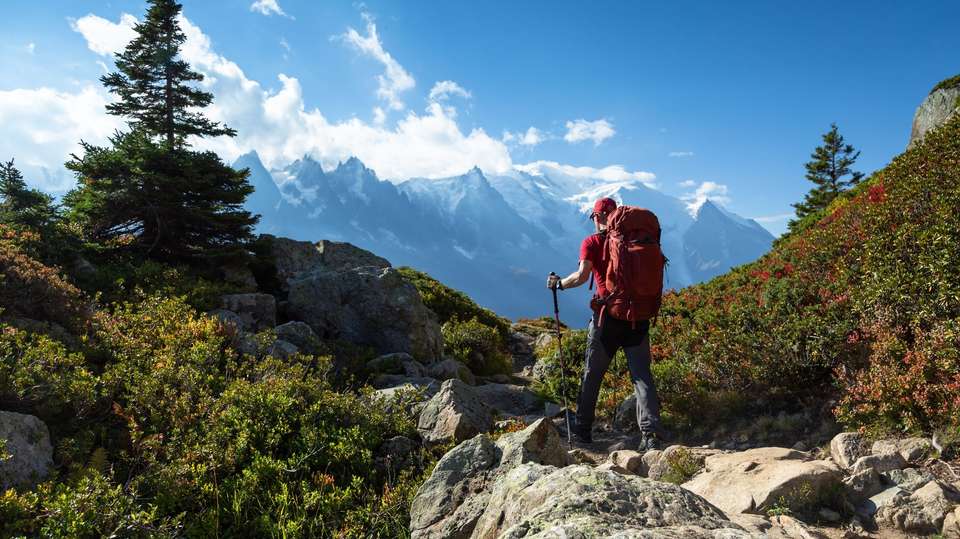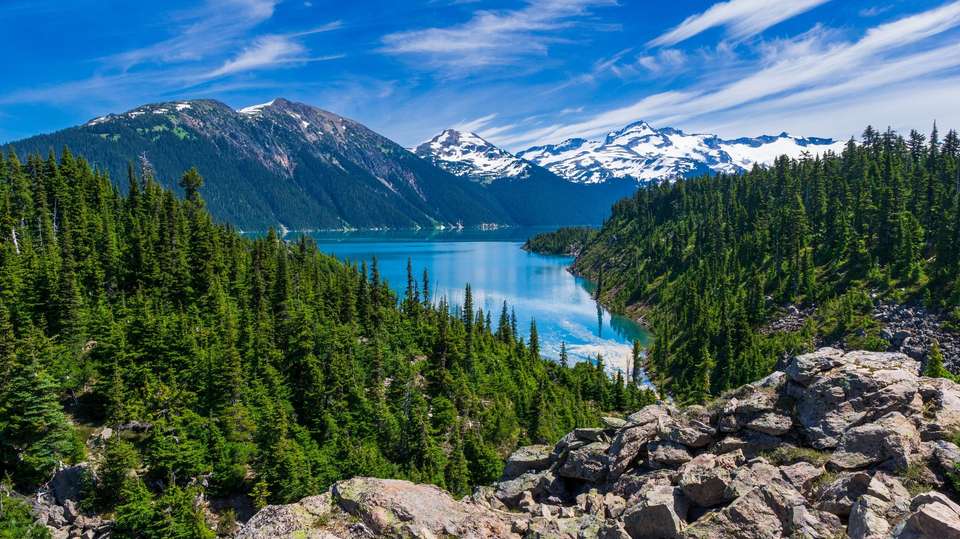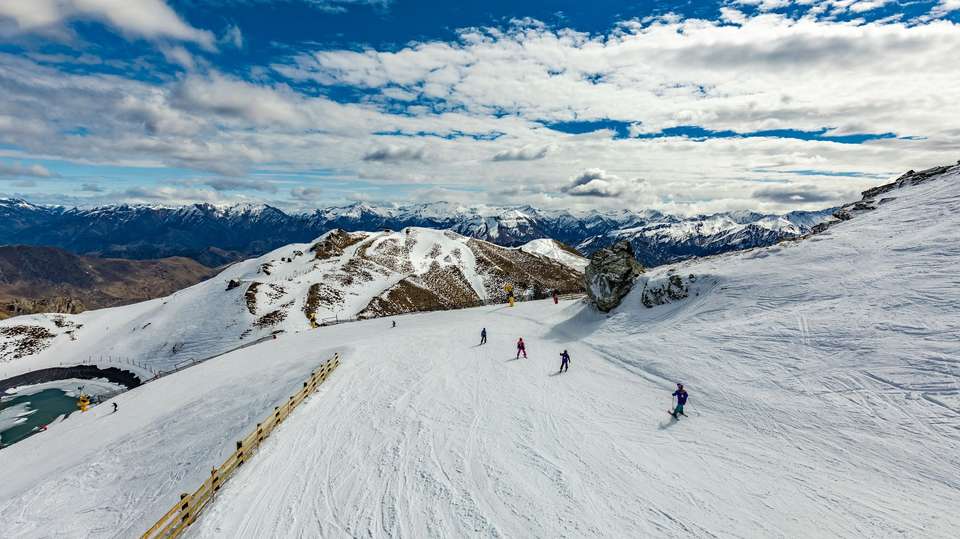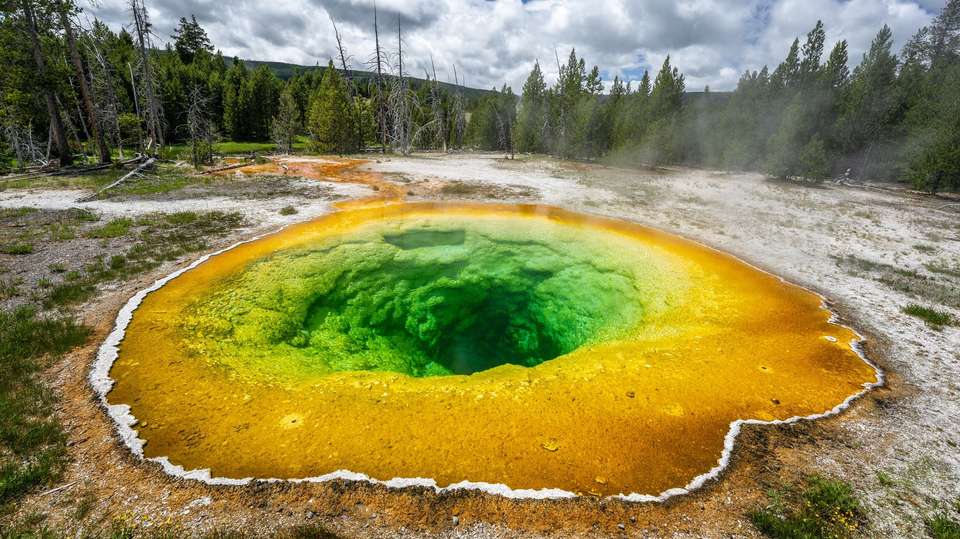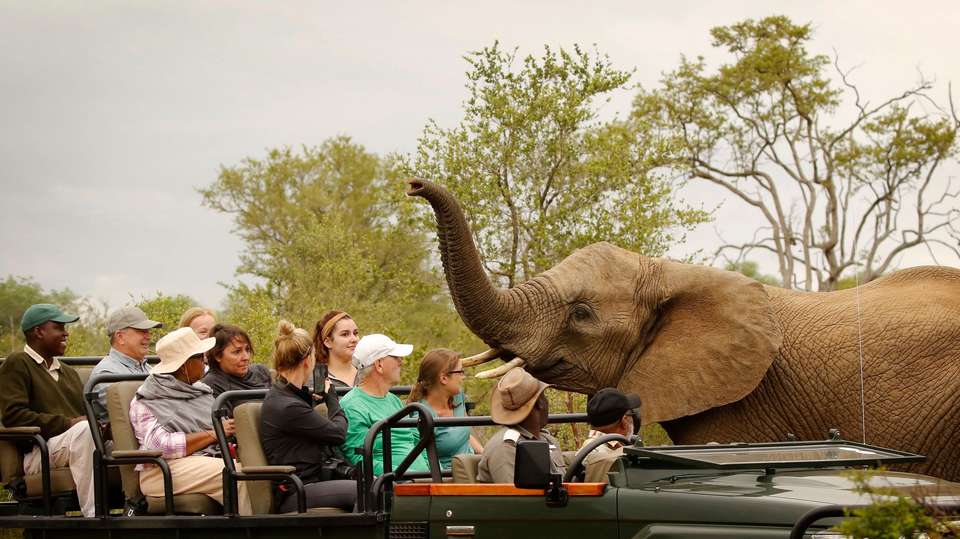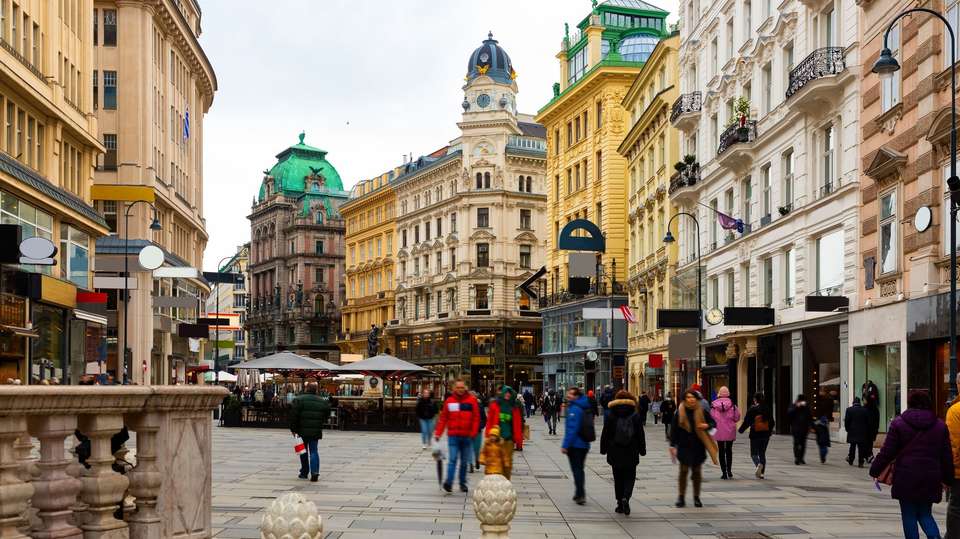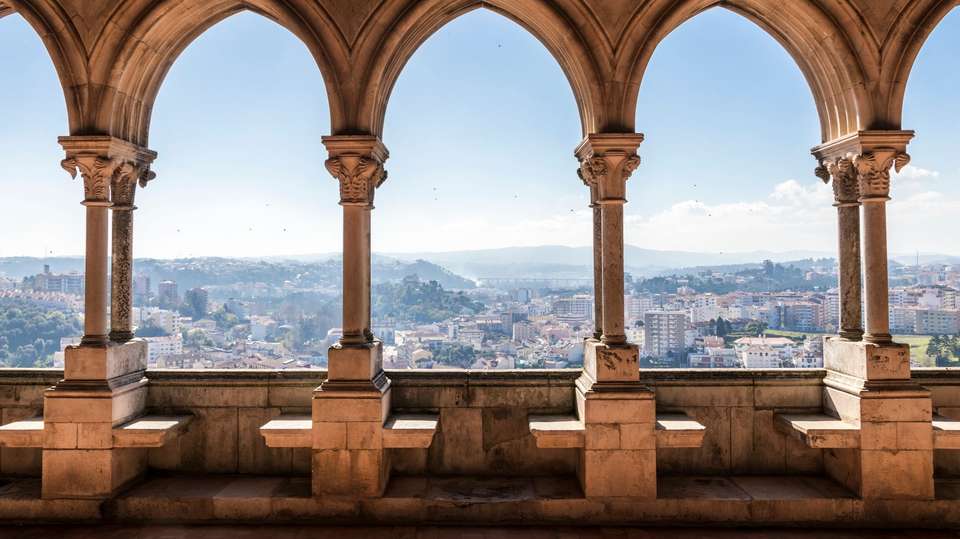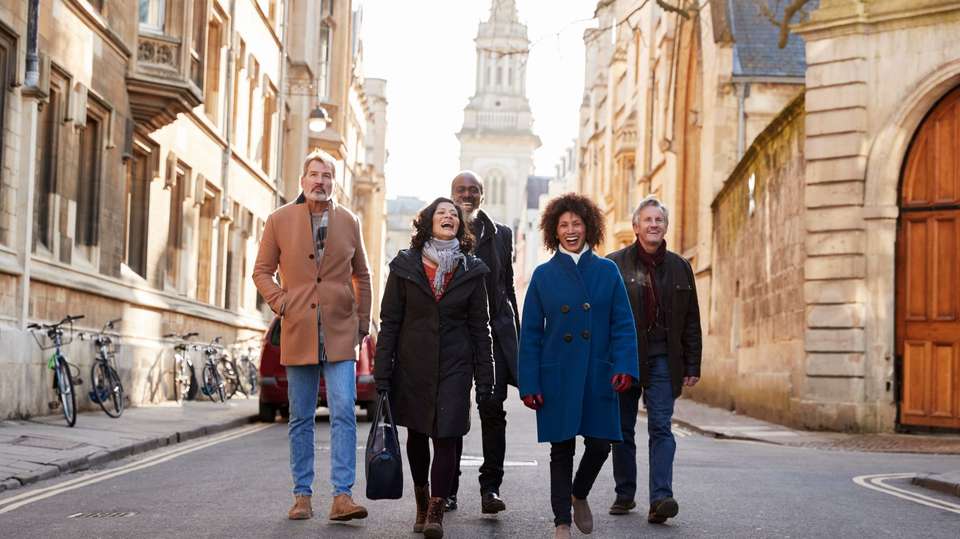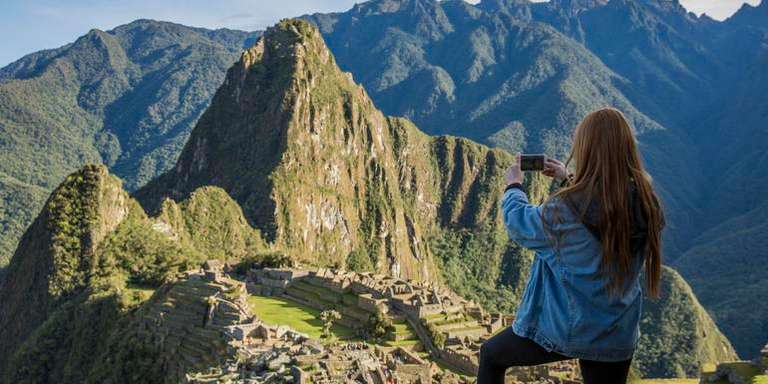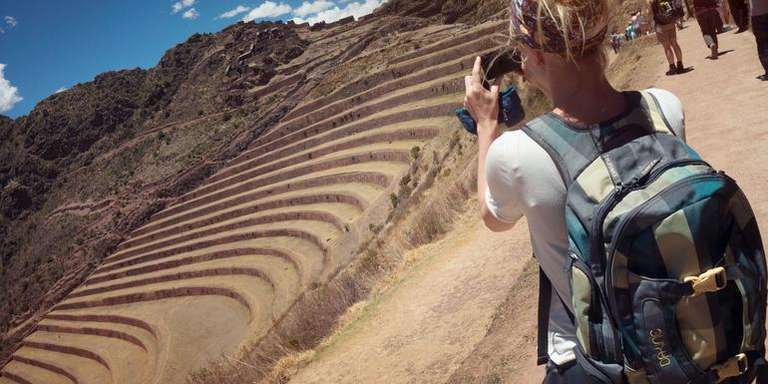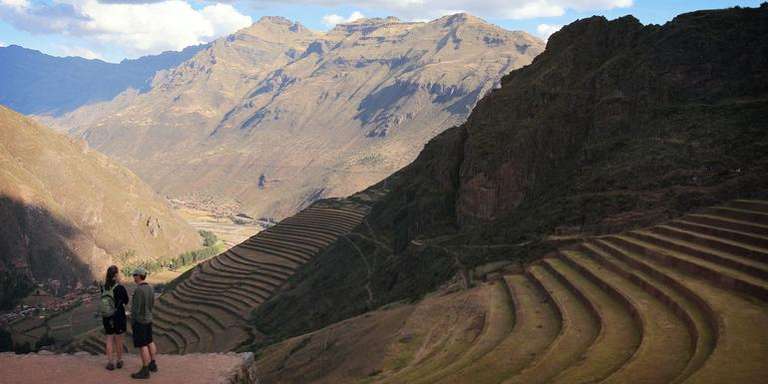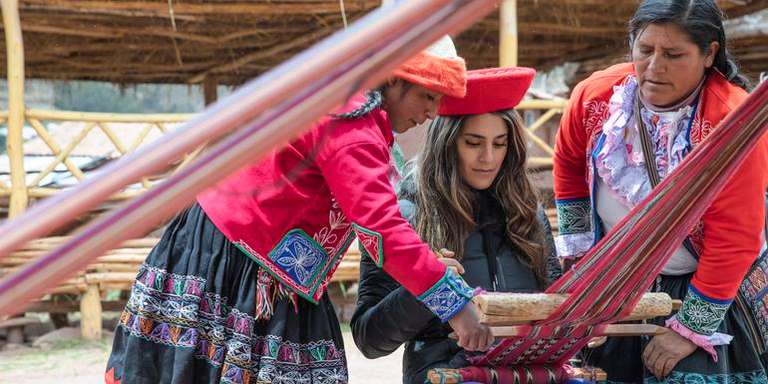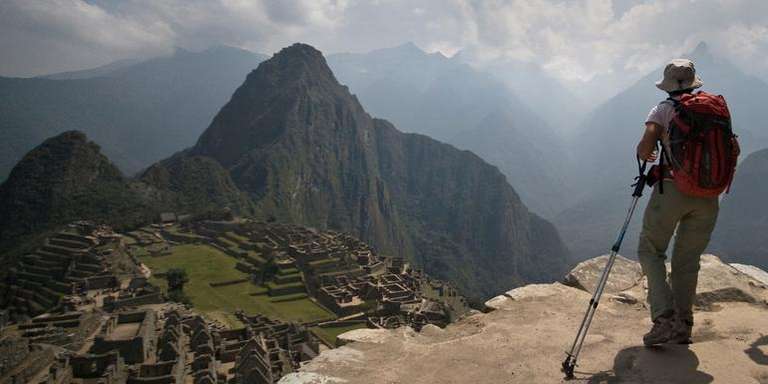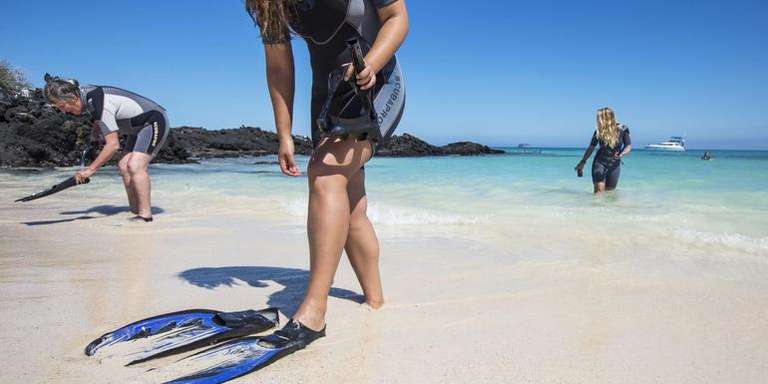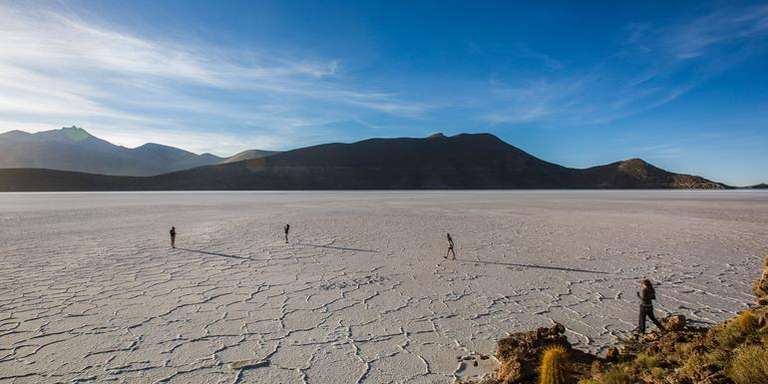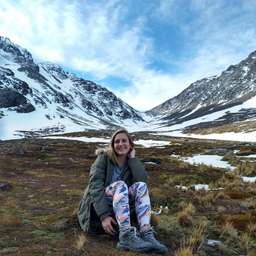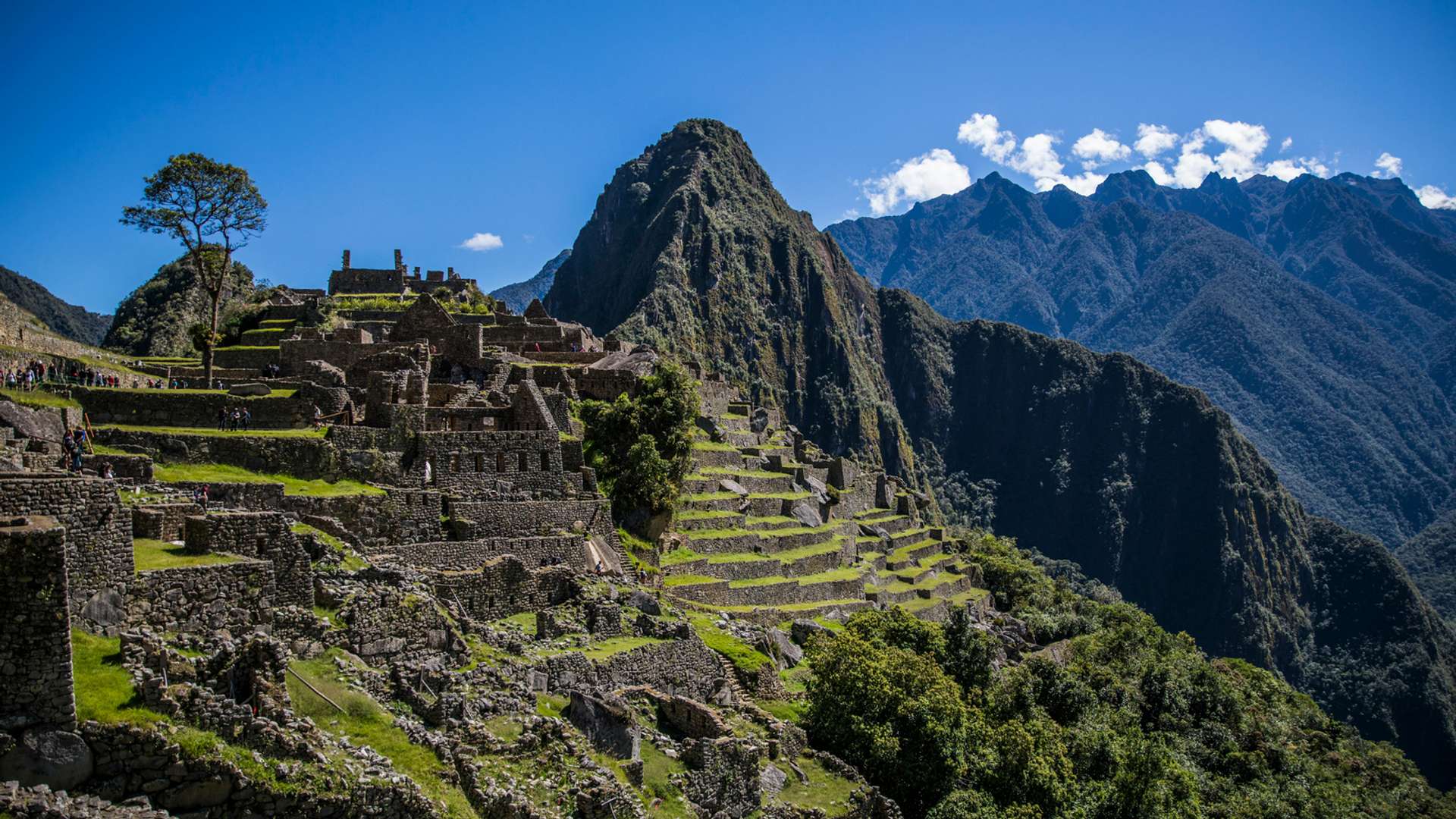
Inca Trail Tours and Trips
We offer 60+ tours in Inca Trail having in total 420+ customer reviews. Tour durations range from 2 to 63 days. Our Inca Trail tours are offered by qualified and hand-picked tour operators and each Inca Trail trip comes with a best price guarantee and no added booking fees.
We guarantee the best prices on all our tours. If you find a lower price within 24 hours of booking, we'll match it.
Note: Prices may vary based on availability and demand.
10 Best Tours in Inca Trail
Discover our highly acclaimed tours in Inca Trail, based on reviews and times booked.
See all Cyber Monday Inca Trail Deals
Top Inca Trail Activities
Discover tours tailored to your interests, from trekking and hiking tours to cultural, religious and historic sites trips as well as explorer experiences. Find the perfect activity to match your passion.
10 Best Inca Trail Cyber Monday
Grab our exclusive cyber monday on Inca Trail tours — limited-time massive discounts you won't want to miss!
See all Inca Trail Tours

Want to see more?
Discover our complete collection of Inca Trail experiences
Inca Trail Tour Reviews
Guest reviews from travelers on tours in and around Inca Trail
Trip offers an excellent combination of hiking/camping, day walks & cultural sightseeing. Guide & staff on the Inca Trail were amazing - they took great care of us, in every aspect.
Recently completed hikes in Peru including the Classic 4day Inca Trail, Sacred Valley, Vinicunca and Lake Humantay. All hikes were spectacular, our guides, cook and porters very professional and looked after us very well. We were very spoilt with great food and companionship. Thanks to Nep and his team, they truely made us feel part of their family.
Thank you for an incredible trip in Peru. My son I I were lucky to be the only participants on the Inca Trail with our awesome guide Andres and our 8 porters. We felt like VIPs as we were provided 3 course meals and our tents set up for us after a long hard day of trekking. The views on the trail were amazing and the ruins were fantastic to explore and learn about. Andres' knowledge and experience is vast and he shared his country and culture with us. While the trekking was challenging, the views and landscape such as the cloud forest made it worthwhile and spectacular. Arriving at Machu Picchu was the experience of a lifetime. We were graced with fine but cold weather. World Expeditions enabled everything to work seamlessly from being met each day by someone, to the tours of the Sacred Valley. I highly recommend this trip to Peru.
Our trip was the Ancascocha trek in Peru. It was an amazing trip with beautiful landscapes and great hiking. Our team was great, very friendly and very knowledgeable guide, great food everyday from our chef. We enjoyed the trip so much that we would have enjoyed an additional day or two of hiking.
I can't recommend this tour enough. Well organized, amazing experience. Hiking was beautiful and the porters and staff were so hard working, they carried everything, set-up camp for us every day/night and allowed guests to immerse in the magic of the Incan culture and natural beauty unencumbered. Also - the food, which was cooked fresh every day for breakfast, lunch and dinner was delicious, healthy and made with care.
It was an experience of a lifetime. We were supposed to do Inca Trail however due to the local govt closing the trek we got the option to do Lares Trek which was unreal. We spent the 3rd night in a hotel in Machu Picchu which was great as by that time I was worn out especially being unwell. The overall experience was amazing. G Adventures and their staff are very helpful and they have incredible tour manager. I have definitely made lifetime friends on this tour. Thank you G Adventures
Create a customized tour to Inca Trail and Peru
Traveling to Inca Trail? Chat with a local travel specialist who can help organize your trip.
Keep Exploring Inca Trail
Related Destinations
Popular Activities
Upcoming Departures
- Spring tours
- Summer tours
- Fall tours
- Winter tours
- January 2026 tours
- February 2026 tours
- March 2026 tours
- April 2026 tours
- May 2026 tours
- June 2026 tours
- July 2026 tours
- August 2026 tours
- September 2026 tours
- October 2026 tours
- November 2026 tours
- December 2026 tours
- January 2027 tours
- February 2027 tours
- March 2027 tours
- April 2027 tours
- May 2027 tours
- June 2027 tours
- July 2027 tours
- August 2027 tours
- September 2027 tours
- October 2027 tours
- November 2027 tours
- December 2027 tours
Trending Travel Guides
- 12 Best Treks in Peru: The Ultimate Trekking Guide
- The Wild South: Exploring the Peruvian Amazon
- The Sacred Valley Tour: A Must Stop Before Machu Picchu
- 10 Best Hotels Near Machu Picchu - From Budget To Luxury
- Santa Cruz Trek: Walk in the Shadow of Giants
- The Dead Woman's Pass: Do You Have What it Takes?
- The Quarry Trail to Machu Picchu
- How to Get From Lima to Huaraz
- Hiking in Peru: 10 Best Day Hikes
- Best Ways to Travel From Lima to Cusco
- 5 Finest Boutique Hotels in Peru
- Best Time To Visit Peru
- 6 Great Cusco Treks
- Peru in One Week: 4 Recommended One-week Itineraries to Peru
- Peru in 10 Days: 4 Recommended 10-day Itineraries to Peru
- Peru in June: Calm Before the Tourist Season
- Peru in August: Fine weather and accessible routes
- Peru in February: Challenging Trails and Sunny South
- Peru in October: The Month Before the Rain
- Peru in March: Exploring Amid the Monsoon
- Peru in April: Beginning of Sunny Days
- Winter in Peru: Weather and Places to Visit
- Top 12 Places to Visit in Peru
- Peru in 5 Days: 4 Recommended 5-day Itineraries to Peru
